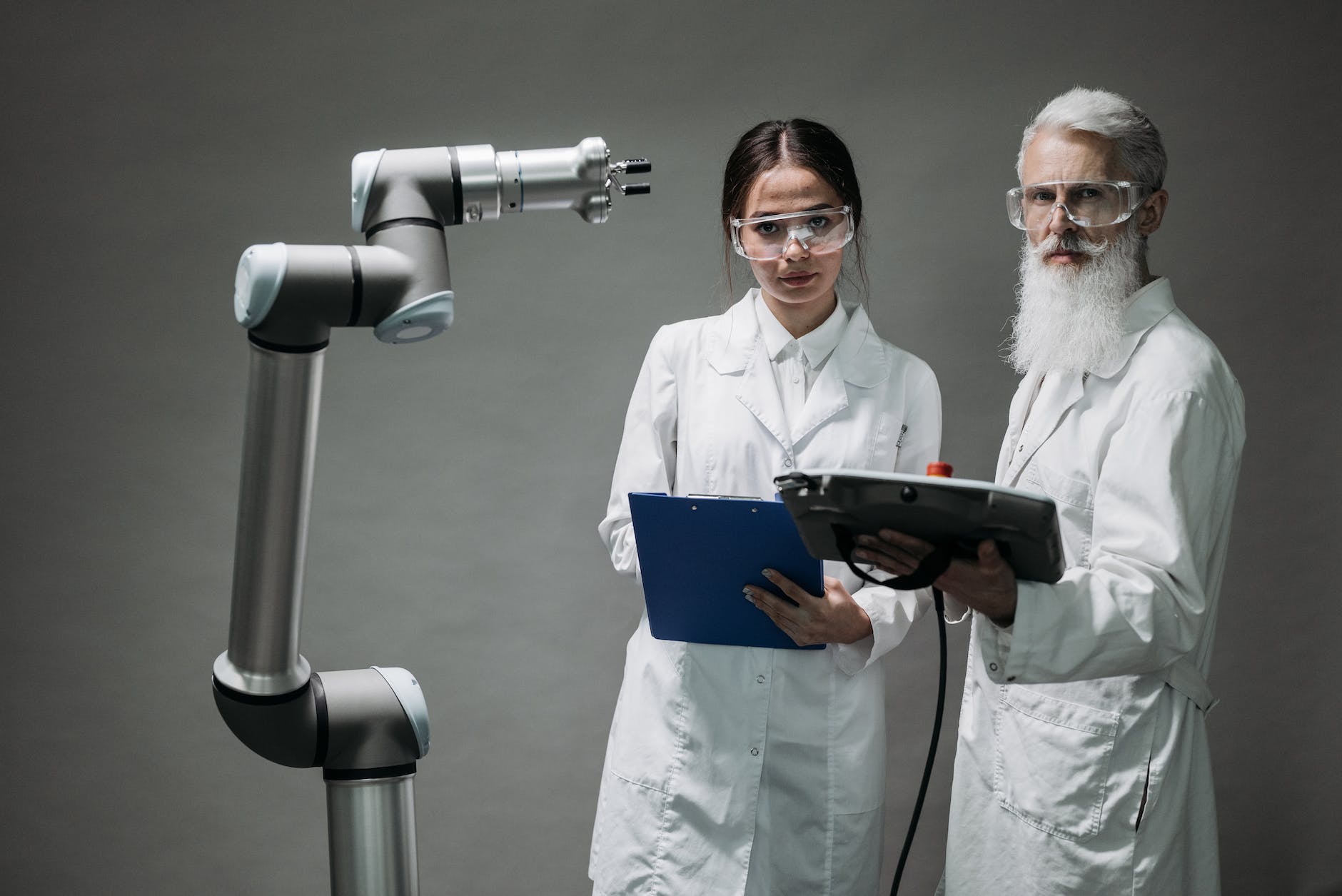Anna Cliff, Brenda O’Connell, Carly Sandgren, and Leani Tell presented at the CAST UDL Symposium the session “Mission Possible: Robots Providing Inclusive School Experiences for Students.” They shared slides at a bitly URL: Cliff is the lead of the Mission Possible Project. Along with co-presenters, they all have experience supporting students. The Star Learner they spoke about was Leani Tell who is a two-year-old with a condition. Leani’s mom shared that their daughter has spinal muscular atrophy (SMA) diagnosed at five months. It is considered a terminal genetic disease with children passing from respiratory failure. Leani received a genetic treatment drug and after six years is getting stronger. Leani’s mother described how they have a “mini ICU at home” with 90-minute treatments and feeding tubes. Even before COVID, Leani had to be instructed at home.
Cliff then shared information about robot technology and how to use their community to share information and learn together. Cliff started by describing the Madison Metropolitan School District, the second largest school district in Wisconsin serving 27,000 students in 52 schools. The district had homebound students and medically fragile students and limited homebound teacher support. In 2017 the district had a handful of homebound and medically-fragile students; this changed in 2020 with the number increasing to over a dozen. They shared a couple of videos about the robots used in Mission Possible. In the second video that was longer, the robot that looks like an iPad on a coat rack on wheels in the classroom helped Leani and friends connect.
Carly Sandgren shared the benefits of Leani’s robot to her family. She’s able to move, spin, and dance with classmates! She is able to build relationships with peers and participate in the classroom. Students connecting through robots shared how they are able to socialize and learn with peers through the robots.
Brenda O’Connell spoke about advocacy and ways to troubleshoot ideas quicker and have backup plans. O’Connell explained that there needs to be training and “robot etiquette.” There were high participation and satisfaction rates from participants. Anna Cliff concluded the session sharing numerous links to resources, images, and a logic model!



